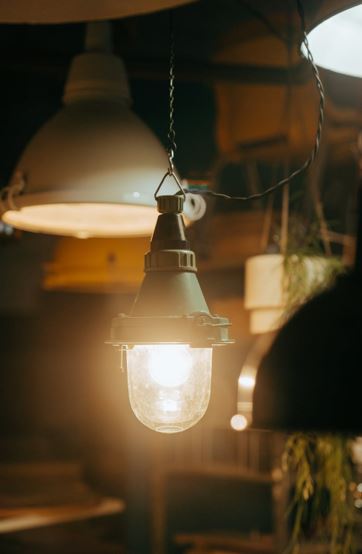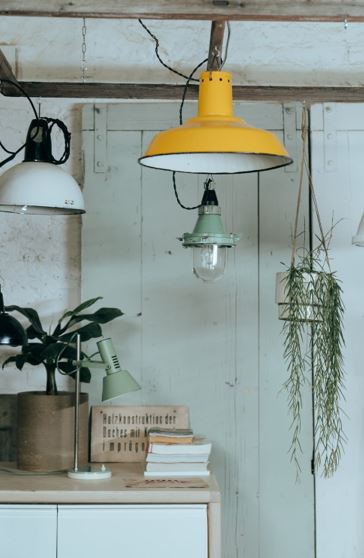 Do you need more outlets in your house? Sure, you do — everyone does! Each member of your household probably has at least one device they need to plug in and charge — a phone, a tablet, a laptop, or a handheld gaming console — and that’s not even considering the TVs, DVD players, lamps, desktops, speakers, and other electronics in the average household.
Do you need more outlets in your house? Sure, you do — everyone does! Each member of your household probably has at least one device they need to plug in and charge — a phone, a tablet, a laptop, or a handheld gaming console — and that’s not even considering the TVs, DVD players, lamps, desktops, speakers, and other electronics in the average household.
Paying an electrician to add more outlets to your home can be expensive, and while the job isn’t hard, it can be dangerous to do yourself. Plus, it involves pulling wiring through the walls, which can be annoying and tricky even if you do know what you’re doing.
One safe and relatively easy alternative is to convert light fixtures into outlets. This strategy works especially well if you have wall sconces since they’re placed ideally for outlets. Even ceiling fixtures can be replaced with outlets, however — here’s how.
Shut Off the Power to the Circuit
When you set out to turn a light fixture into an outlet, the first thing you should do is shut off the power to the circuit you plan to work on. Go to the breaker box and turn off the appropriate breaker. You should also turn off power to the fixture at the light switch.
If your breaker box isn’t adequately labelled and you can’t figure out which breaker operates which circuits, turn off power to the whole house. Once you open up the fixture, use a voltage tester to make sure the power is definitely off.
Remove the Fixture and Disconnect the Wiring
With the power shut off, it’s safe to climb a ladder and remove the fixture from the ceiling. You’ll usually need to do this by removing the mounting screws that attach the fixture to the electrical box. You might need to take off the glass globe cover to access these screws.
Once you’ve removed the mounting screws, you should be able to pull the light fixture down and expose the wiring. You’ll see wire nuts connecting the wiring in the fixture to the wiring in your house. Remove these and set them aside. You should be able to untwist the connected wires. There should be three wires coming out of your drywall — a black, a white, and a green or bare ground wire.
Wire the Receptacle 
With the wires exposed, you can wire up the new receptacle. You may need to use a pair of wire strippers to trim off the frayed wire at the end of the wires protruding from your drywall and strip off the wiring insulation to expose more fresh wire. Connect the black wire in your home to the black wire in your news outlet, the white wire to the white wire, and the green or bare ground wire to the green grounding screw on the back or bottom of the new receptacle. Connect the wires by twisting them together and securing them with the wire nuts.
Mount the Receptacle
Use the mounting screws that come with the receptacle to attach it to the electrical box in the ceiling. Some receptacles require you to attach the faceplate to the receptacle first and then attach the whole thing to the electrical box, while others allow you to attach the receptacle to the electrical box and then put on the faceplate afterwards. The method will depend on what type of receptacle you have.
Patch the Drywall Around the Receptacle
The biggest issue most homeowners face when replacing a light fixture with an outlet is the fact that light fixtures and receptacles are typically different shapes and sizes. Some people resolve this problem by installing a round receptacle. Others simply patch the drywall around the new receptacle after it is installed. There are drywall patching kits available for this very situation, and the patching process is fairly straightforward. If you need to install a drywall patch, leave your faceplate off until the patch is dry.
Finish Up
Now that your receptacle is all wired up and the drywall is patched, you can turn the power back on and enjoy your new outlet. Congratulations — now you finally have a convenient place to charge your phone!
Ref number: THSI-1939




 POSTED BY
POSTED BY 

